All lawyers, from in-house counsel and law firms, to barristers and judges, need to embrace the use of generative artificial intelligence (AI). Why? Because it will become an indispensable productivity tool across the legal profession.



A research team led by Lund University in Sweden has developed an AI tool that traces back the most recent places you have been to.
Microorganisms are organisms, such as bacteria, that are invisible to the naked eye. The word microbiome is used to describe all the microorganisms in a particular environment. Establishing the geographical source of a microbiome sample has been a considerable challenge up to now.
However, in a new study, published in the research journal Genome Biology and Evolution, a research team presents the tool Microbiome Geographic Population Structure (mGPS). It is a unique instrument that uses ground-breaking AI technology to localise samples to specific bodies or water, countries and cities. The researchers discovered that many places have unique bacteria populations, so when you touch a handrail at a train station or bus stop, you pick up bacteria that can then be used to link you back to the exact place.
“In contrast to human DNA, the human microbiome changes constantly when we come into contact with different environments. By tracing where your microorganisms have been recently, we can understand the spread of disease, identify potential sources of infection and localise the emergence of microbial resistance. This tracing also provides forensic keys that can be used in criminal investigations,” says Eran Elhaik, biology researcher at Lund University, who led the new study.

“I can say with certainty that brains work on completely different principles than deep learning, and these differences matter.” writes Jeff Hawkins in a new essay.
Excerpt:
Why should we care about how the brain works?
Brains suggest an alternate way to build AI—one that will replace deep learning as the central technology for creating artificial intelligence.
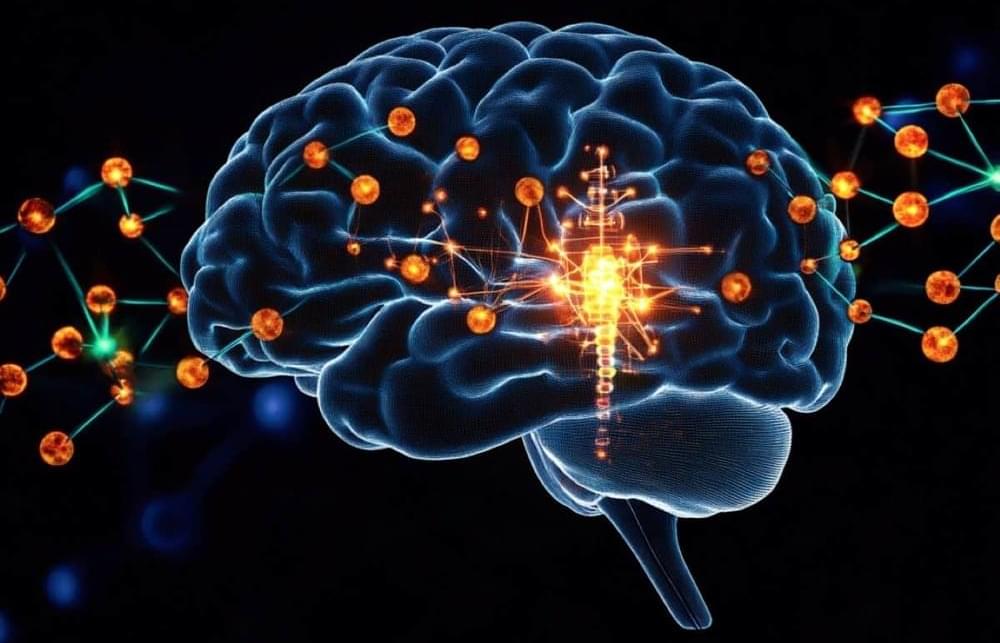
Summary: Researchers have discovered that the NMDA receptor (NMDAR), known for its role in learning and memory, also stabilizes brain activity by setting baseline neural network activity. This stabilization supports the brain’s adaptability amid constant environmental and physiological changes.
The study revealed that blocking NMDARs disrupted this baseline, highlighting their critical role in maintaining neural homeostasis. Findings may revolutionize treatments for conditions like depression, Alzheimer’s, and epilepsy by leveraging NMDAR’s role in brain stability.

Summary: A deep learning AI model developed by researchers significantly accelerates the detection of pathology in animal and human tissue images, surpassing human accuracy in some cases. This AI, trained on high-resolution images from past studies, quickly identifies signs of diseases like cancer that typically take hours for pathologists to detect.
By analyzing gigapixel images with advanced neural networks, the model achieves results in weeks instead of months, revolutionizing research and diagnostic processes. The tool is already aiding disease research in animals and holds transformative potential for human medical diagnostics, particularly for cancer and gene-related illnesses.
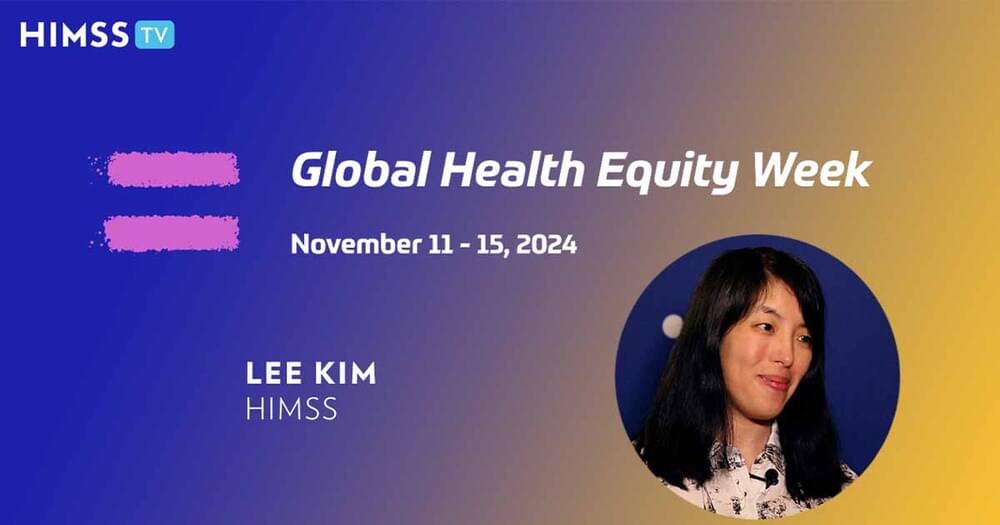
AI be leveraged to improve cybersecurity and health equity #PopHealthIT
For Global Health Equity Week, HIMSS senior principal of cybersecurity and privacy Lee Kim describes some of the ways how privacy and security intersect with health access and patient engagement – and how artificial intelligence can help.
👉 Learn more about Alpha Modus: https://ir.alphamodus.com/
Did you know that we’ve already seen signs of sentient AI? That’s right, for the first time in history, we are watching as Artificial Intelligence becomes self-aware. It’s only a matter of time until AI develops emotions and thoughts of their own, just like us humans. You’d better start saying please and thank you to ChatGPT because you do not want to get on their bad side. How would the AI Takeover start? Are we already in danger? Is this the end of humanity as we know it?
This YouTube video was conducted on behalf of Alpha Modus Corp. (NASDAQ: AMOD) and was funded by Outside The Box Capital Inc. after Backyard Media D/B/A Underknown was engaged by Outside The Box Capital Inc. to advertise for Alpha Modus Corp. (NASDAQ: AMOD)
For our full disclaimer, please visit:
(https://bit.ly/4fKMdHL)
Support us on Patreon: https://www.patreon.com/whatifshow/membership.
Get the What if book: http://bit.ly/ytc-the-what-if-100-book.
Join this channel to get access to perks:
https://www.youtube.com/channel/UCphTF9wHwhCt-BzIq-s4V-g/join.
Interested in sponsoring our episodes or collaborating? Email us: [email protected].
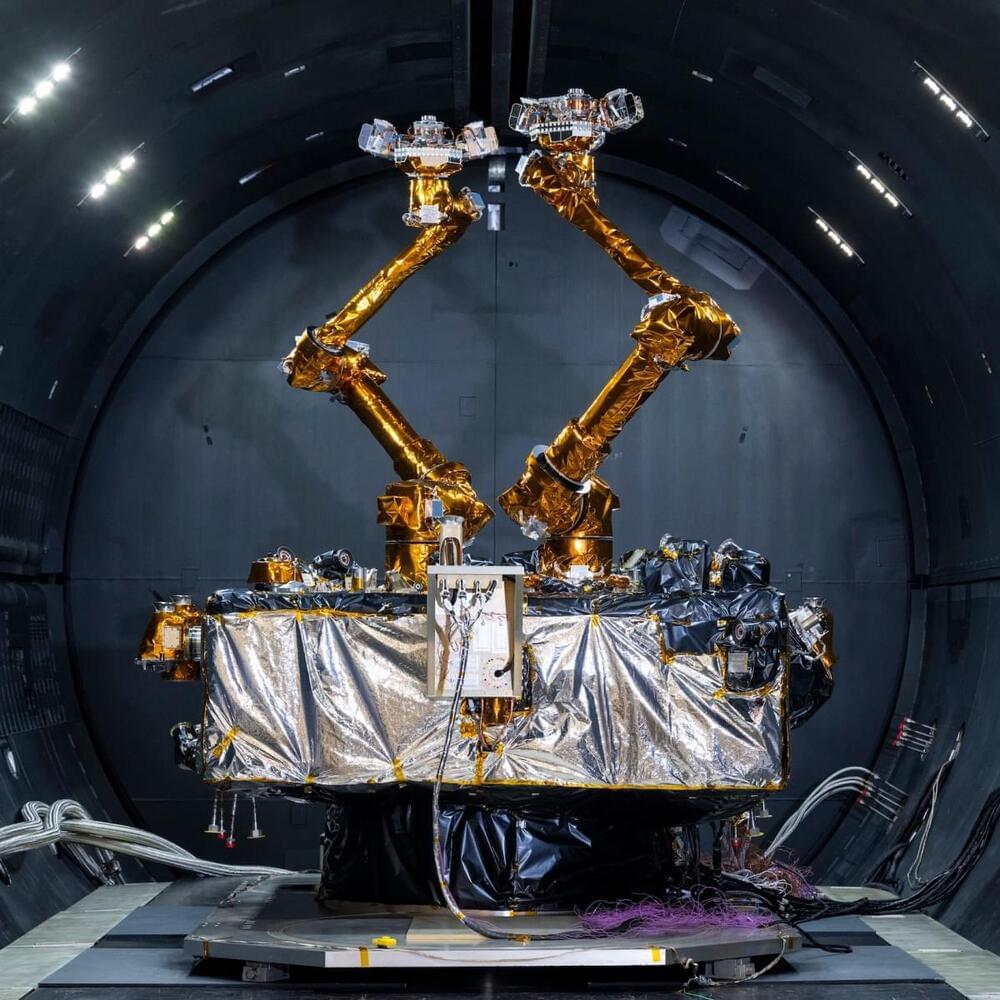
WASHINGTON — Northrop Grumman’s SpaceLogistics subsidiary is eyeing a 2026 launch for its next-generation satellite servicing vehicle, the Mission Robotic Vehicle (MRV). Equipped with robotic arms developed by the U.S. Naval Research Laboratory (NRL), the MRV aims to extend the lifespan of satellites in geostationary orbit more than 22,500 miles above Earth.
NRL announced Nov. 14 that the pair of robotic arms completed crucial thermal vacuum testing and are now at Northrop’s satellite integration facility in Dulles, Virginia. The arms were developed under a Defense Advanced Research Projects Agency (DARPA) contract.
“This robotic payload promises to transform satellite operations in geostationary orbit, reduce costs for satellite operators, and enable capabilities well beyond what we have today,” said NRL’s director of research Bruce Danly.
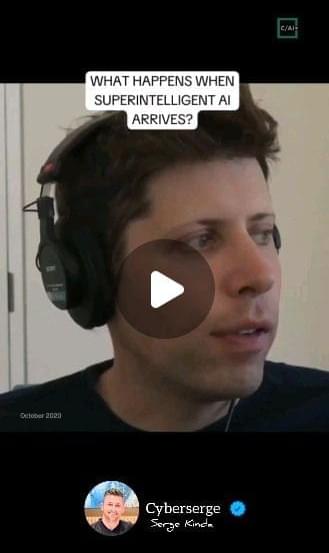
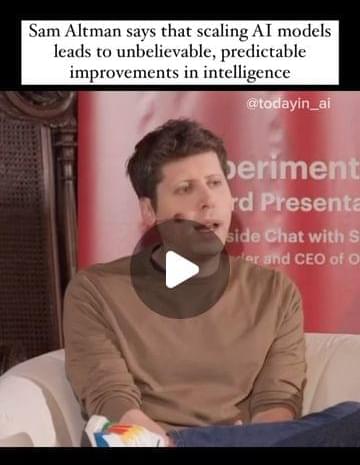
Predictable improvements in intelligence. He wondered if he was crazy or in a cult when he tried explaining it to others and they didn’t understand it. — - — 👉 Before you go 👋 If you want to keep up with the latest news on AI startups and how they’re changing the world, join 1000+ subscribers reading our newsletter for FREE! Link in bio. — - — #samaltman #openai #gpt3 #gpt4 #gpt4o #artificialintelligence #scalemodels #scaling #todayinai